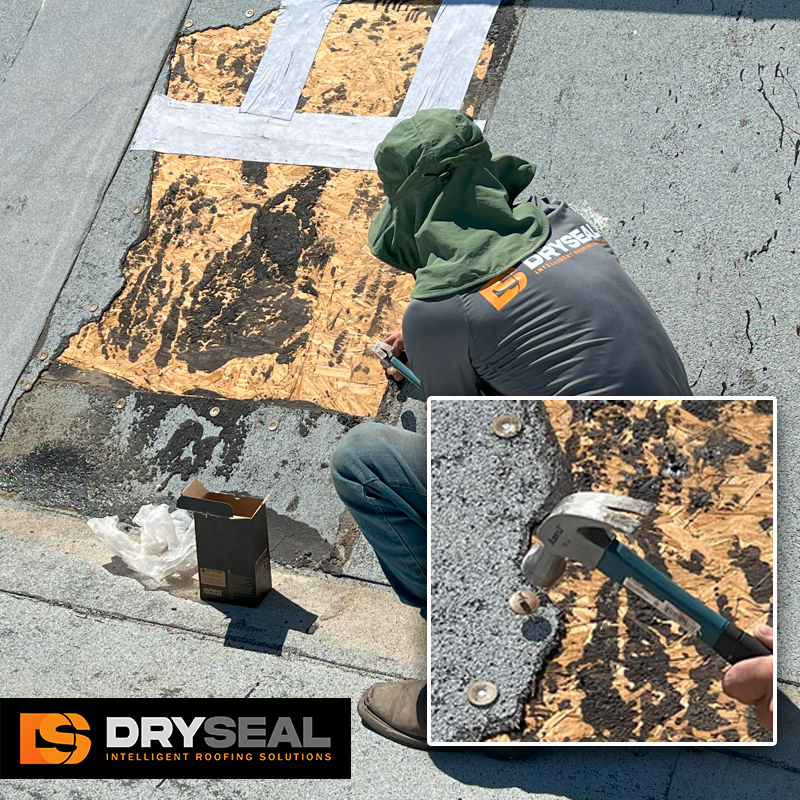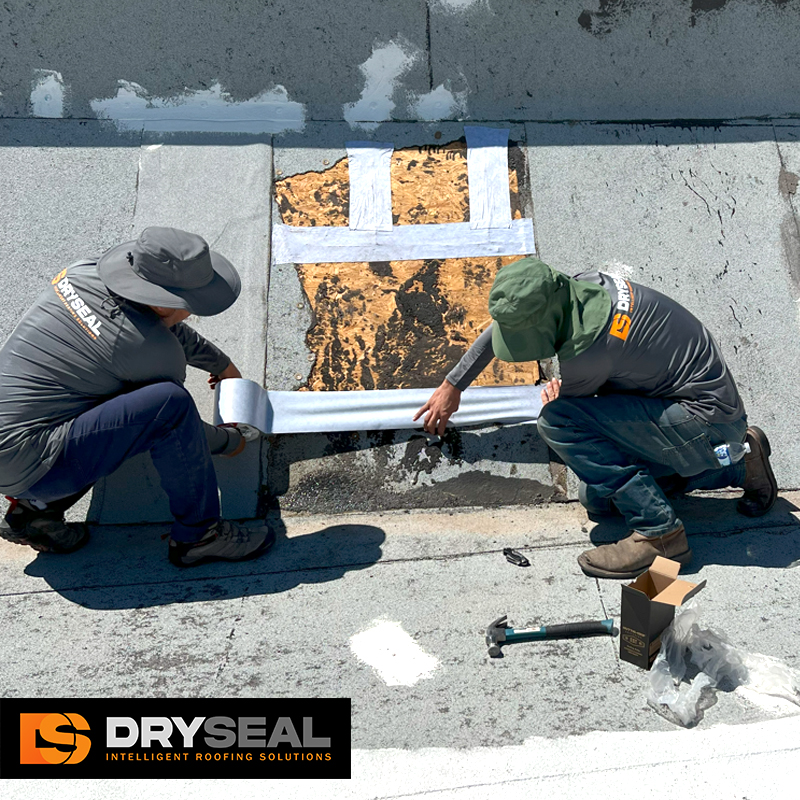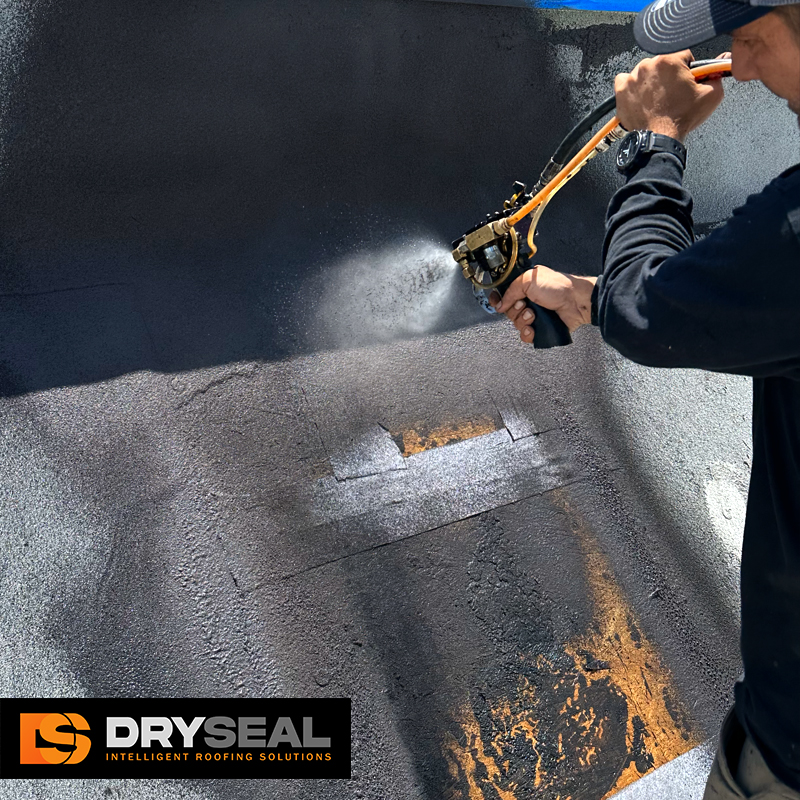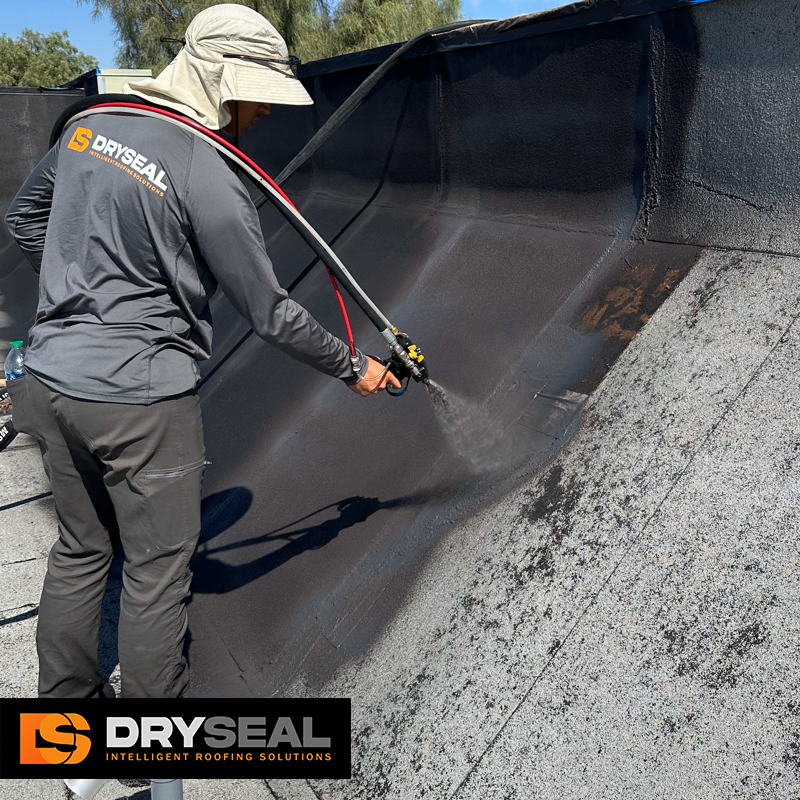INDUSTRIAL WATERPROOFING
Dryseal uses the highest quality spray applied single membrane water barrier products on the market. From subterranean concrete slabs to metal roofs we have the solution you need to keep water out and your assets dry.

Sample Uses:
- Pipelines: To prevent corrosion and leakage, ensuring the safe and efficient transport of liquids and gasses.
- Industrial Tanks and Silos: Protects the stored materials and the structure from water damage and corrosion.
- Manufacturing Plants: Waterproofing the floors and walls to prevent damage to machinery and equipment.
- Chemical Storage Areas: To prevent spills and protect the surrounding environment.
- Mining Operations: Protecting tunnels, shafts, and equipment from water infiltration and corrosion.
- Electrical Substations: Preventing the infiltration of water to ensure safety and operational efficiency.
- Dams and Reservoirs: Enhancing the integrity of structures exposed to constant water pressure.
- Power Plants: Safeguarding critical areas from water intrusion to ensure uninterrupted power generation.
- Waste Management Facilities: Preventing the seepage of contaminants into the ground and protecting structures from corrosion.
Each of these additional industrial use cases underscores the critical role that effective waterproofing plays in ensuring the safety, efficiency, and longevity of a wide array of specialized structures and facilities.
By preventing water ingress and associated damages, waterproofing solutions contribute to operational reliability and maintenance reduction in these demanding environments.
The recipe for a
Superior Water Proof System!




